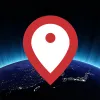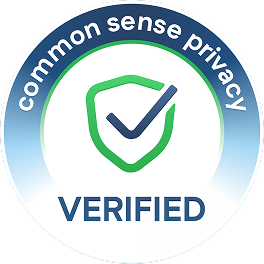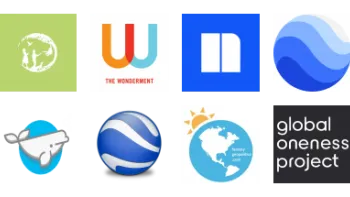Take a look inside 10 images
Geoguessr
Pros: The activities will engage students' curiosity, spur discussions, and enhance research skills.
Cons: Users may be able to access mature content via Twitch livestreams; gameplay is limited without a Pro account; lacks supporting content or materials.
Bottom Line: Game-based platform can get kids interested in world geography and expose them to different cultures on a surface level.
Teachers can use Geoguessr as an extension activity in geography or world cultures classrooms or as a media literacy and critical thinking exercise in any content area. It can serve as a prompt for teaching and learning research skills, as a discussion starter about differences in geographical and building features in different places, or as inspiration for student-designed games using free online resources like photo collections. With dedicated play and more in-depth small-group or whole-class discussion, teachers can use Geoguessr to build students' background knowledge about geography and explore places that are new to students and even to teachers.
Put kids in groups and give them roles such as researcher, recorder, or fun-fact finder to add more flavor to the locations they identify, and encourage them to present their findings to their peers. Students can also connect with students in their schools or around the world to share challenges and build relationships.
Free accounts allow users to play for five minutes every 15 minutes, which could work as a warm-up or an end-of-class activity. If your school has a Pro account, encourage students to make their own map challenges. Have them create maps that have personal meaning or are based around a theme that you're studying in class. If there's no room in the budget for a subscription, your classroom can still play a different map daily, along with the Daily Challenge, and play the free world option. Teachers and students can also create their own quizzes and join the quiz with a QR code.
Geoguessr is an addictive puzzler on the web or as an Android or iOS app that tasks students with guessing the location of Google Street View and Mapillary images from around the world. By investigating the image area, scouring it for clues, and thinking critically about what they see, students work to narrow down where in the world it might be. Using clues such as road signs, languages, environment, topography, and personal experience, kids also employ their research skills to identify the precise location.
To guess, students drop a pin on the map next to the picture and zoom in to place it more precisely if necessary. At the end of each round, the game shows players how close their guesses are to the actual location and awards points based on proximity. After five rounds, a summary is shown with the total number of points. Players can share games with their friends, challenging them to match their high scores.
The site includes maps created by Geoguessr users, and a Daily Challenge. Students with free accounts can do the Daily Challenge and one map per day, along with the original free world map as often as they'd like. Students with Pro accounts can also make and save their own maps, play as many maps as they like, compete with friends, create leagues, and have no ads between rounds. For all accounts, player profiles keep track of stats like best round, average score, number of games played, and recent activity. Students also earn badges for achieving various milestones. One note of caution: Users can livestream their games, some of which contain mature content warnings, via Twitch, so teachers will want to ensure that their school's content filters are in effect.
Geoguessr helps to solve what might be a challenge for social studies teachers: lack of interest in an understanding of world geography. By bringing places around the world into your classroom, students may be naturally curious and motivated to find out more. Kids can even use map reading skills and the process of elimination to narrow down their choices. While solving a puzzle or trying to beat a friend's high score, students have opportunities to learn a bit about the world, its regional differences, ecosystems, and inhabitants, in both urban and rural settings.
Once students have guessed the location, there's minimal information about each place, creating somewhat of a surface-level experience. While students can use their critical thinking skills to make observations about landmarks, languages, architecture, and geographical features to figure out the location, there are few opportunities to learn more about a place aside from its location on a map.
Geoguessr is less straight instruction and more a platform for cultivating 21st century skills. It can be a good motivator for thinking about geography and culture, and for building reasoning and critical thinking skills in self-directed, small-group, or whole-class settings. While they'll certainly develop some strategies of their own, students will benefit from some guidance and help to encourage thoughtful play and collaboration. By creating their own maps, students can bring their geographic study down to the local level, anywhere in the world.




















